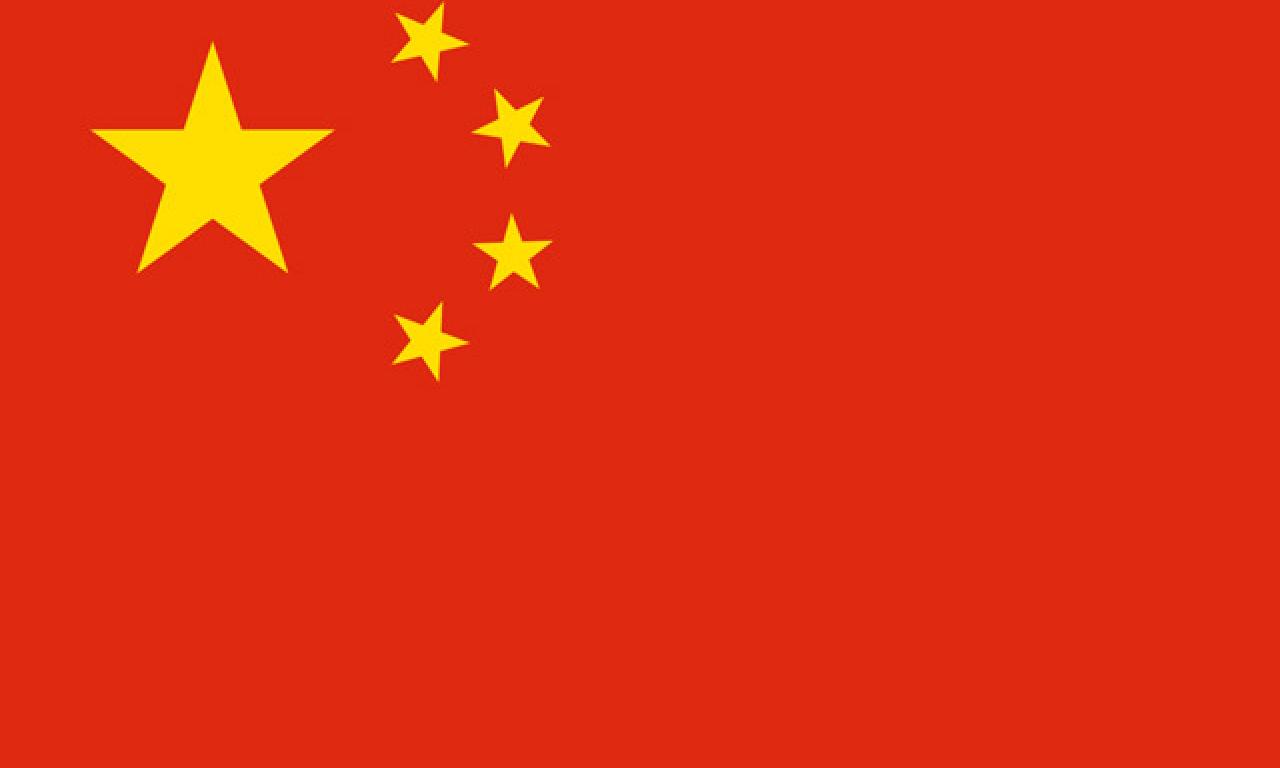
Indisputably, China is a major global influencer. Like many other sectors, the current and future dynamics of fisheries and aquaculture are significantly affected by what happens in the country. China's share of the world's fish production rose from 6% in 1980 to 35% in 2012. It is also now the world's top exporter of fish, with 30% of the global export market, and the third largest importer after the United States and Japan.
Recommended publications
- Improving productivity and environmental performance of aquaculture
- Eco-certification of farmed seafood: will it make a difference?
Indisputably, China is a major global influencer. Like many other sectors, the current and future dynamics of fisheries and aquaculture are significantly affected by what happens in the country. China's share of the world's fish production rose from 6% in 1980 to 35% in 2012. It is also now the world's top exporter of fish, with 30% of the global export market, and the third largest importer after the United States and Japan. Fish consumption in China has also increased dramatically, from about 5kg/person/year in 1980 to about 35kg in 2010 1.
In a new paper by Sebastián Villasante and colleagues, the authors looked at how demand for fish in China evolved with GDP growth and compared this with the patterns observed in other countries 2. The results were striking. For the rest of the world a GDP per capita rose from $551 to $1844 between 1961 and 2011. This resulted in an increase in per capita fish consumption from 5.0g to 6.6 g/day. In contrast, GDP per capita in China rose from $76 to $664 over the same period, leading to a rise in per capita fish consumption from 3.0 to 9.0 g/day.
Villasante and his co-workers have shown that Chinese consumers prioritize fish differently. In China, consumer spending on fish consumption has risen proportionally faster than the rise in income. In other countries, it has risen more slowly. In economics parlance, fish is a luxury good for China, but a necessity good for the rest of the world.
Recently, the reporting of the 3rd Plenum of the 18th Communist Party of China led to speculation about what it might imply for the future economic growth of the country 3. It's a question those of us interested in the future contribution of fisheries and aquaculture to food and nutrition security also need to ask.
The current dominance of China in fish production and trade, the pattern of increase in fish consumption as incomes rise, and the future economic growth of China will have profound effects on the world's fish food system. So profound in fact, that as we think about the future we need to think about China as a driver of change in and of itself. We also need to engage with private sector and government institutions within China as part of on-going multi-stakeholder global dialogues to chart a sustainable future for fisheries and aquaculture that meets the world's needs.
[1] FAO (2012) The state of world fisheries and aquaculture 2012. FAO, Rome.
[2] Villasante et al (2013). All fish for China? Ambio 42, 923-936.
[3] http://thediplomat.com/2013/11/was-chinas-third-plenum-a-bust/